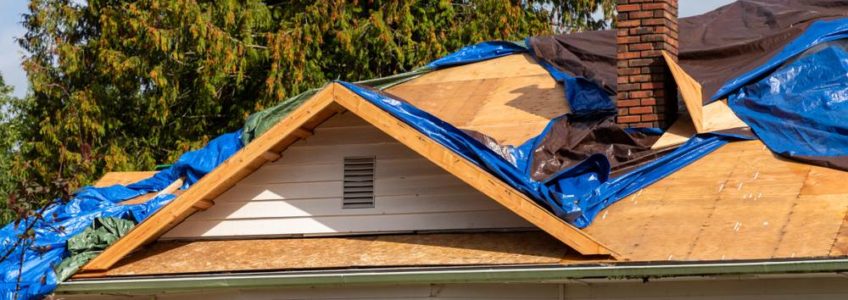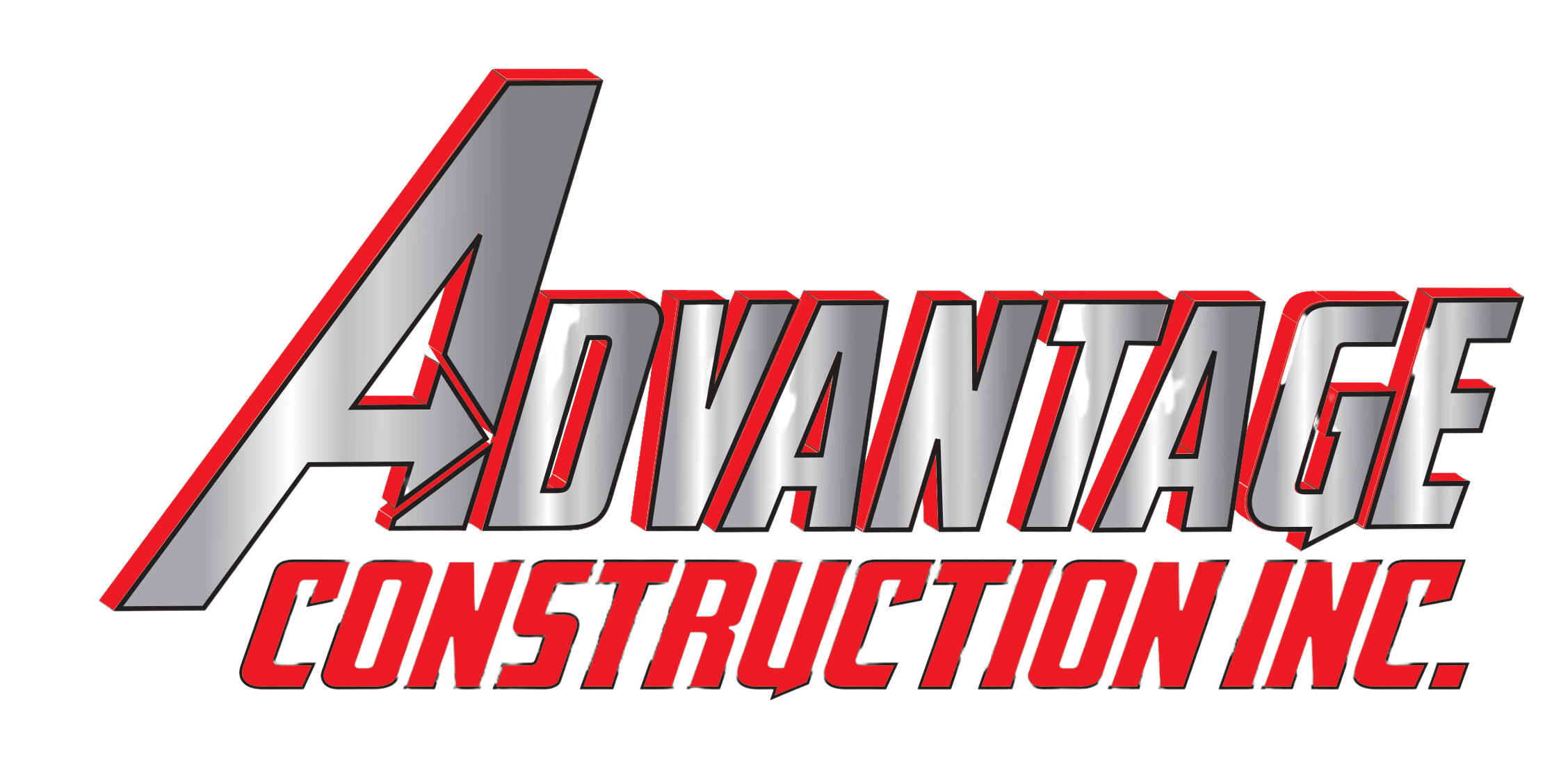
There are a number of reasons why it’s important for you to stay on top of roof damage prevention and repair. One essential reason is that roof problems typically begin small, but become more serious over time. If you put off roof repair for too long, it will only make the damage to the roof worse, which means you’ll likely require more extensive repairs. In this post, you’ll learn about the different causes of roof damage, how to know if your roof needs to be repaired, and five ways you can prevent roof damage.
Causes of Roof Damage
The roof covers and protects your home. While roof maintenance is essential, it’s often overlooked. Many homeowners don’t even think about their roof until there’s a problem, and this can lead to more costly repairs. It’s a good idea to be aware of the different potential problems that could occur with your roof so you can catch them before they turn into more costly damage. A few things that could cause damage to your roof are:
Tree Branches
Nearby tree limbs can break off the trees and fall during a heavy wind, snow, or ice storm. And, it won’t take much pressure for a tree limb to break if the tree is weak because of disease.
Aging Shingles
A big reason why you might experience roof problems is that your roof is simply aged. It might be getting old, brittle, and weak.
Ice Dams
Ice damming is one of the single biggest causes of snow damage to shingles and roofs. When the heat from your home starts escaping through the roof, ice dams occur. The freezing temperatures outside cause the water to freeze and begin collecting at the unheated part of your roof (eaves). This forms a dam of ice. The water’s freezing action can cause damage to brittle shingles. Also, the water underneath the shingles can soak into a wooden roof deck and cause warping and rot. Ice damming can cause other problems with your roof as well.
How to Know If You Require Roof Repair
Here are some potential signs that you require roof repair or replacement.
Sagging Roof Deck
Although your roof might have different degrees of pitch, it still should look relatively straight along its lines. If you see areas that look like they’re warped or sagging, this could indicate a larger issue and you should address it right away.
Damaged Shingles
You’ll also want to check the shingles on your roof. You could be looking at roof repair or replacement of any shingles:
- Look cracked
- Are missing
- Look dented
- Have curling edges or corners
- Have missing granules
If you notice only a few small problems, you could potentially replace those shingles for fairly cheap. However, a widespread problem might indicate it’s time for a roof replacement.
Signs of Deterioration
Vents, chimneys, and other objects can penetrate your roof and these areas are where deterioration can initially develop. The repairs can often be confined to these specific places.
Signs of Moisture
You might have water leaking into your home and not even know it. Depending on the amount of insulation you have in your ceilings and attic, you might not notice a leak until it’s caused serious damage. Check your crawl spaces and attic regularly for signs of moisture like:
- Pooling water
- Mold
- Mildew
- Water staining
Mold Growth
If you don’t notice the hallmark odor, visible signs of leaks in your roof will start appearing. If you are the type of person who doesn’t go up into their attic frequently, the smell will escape without you noticing. However, you won’t be able to miss the patches of mold on your leather goods and furniture inside your home. If you notice these mold matches, check your attic as you could very well find a mold invasion.
Five Roof Damage Prevention Tips to Follow
Neglecting roof repairs can be a costly mistake homeowners can make. But, roof repairs are also easily preventable. Here are five tips for preventing roof damage and addressing smaller problems before they turn into bigger ones.
1. Complete a Regular Roof Inspection
Every year, before and after a storm or winter season, you should inspect your roof thoroughly. Look for things like:
- Missing or damaged shingles
- Sagging
- Leaking liquid or light in your attic
- Animal/insect activity
- Algae growth
2. Trim Your Trees
If you notice a tree limb resting on or touching your roof, this is a cause of concern. During a storm, high winds can cause tree limbs to swing a few feet or fall. You can wind up with a few missing shingles or worse, a hole in your roof.
3. Examine and Repair Joints, Seals, and Flashing
Joints, seals, and flashing are very common areas for leaks. Punctures and loose or dried sealant are signs of vulnerability and shouldn’t be ignored.
4. Remove Debris
Although they might seem minor, sticks, leaves, and small tree limbs can trap water, damage shingles, and encourage algae. Using a telescoping pole or roof rake will help remove these minor things.
5. Clear Snow
A light snow layer on your roof can make your home look like a winter wonderland. But, if you have a foot or more of packed, heavy snow, it could cause your roof to collapse. After a heavy snowfall, you’ll want to check and clean off your roof.
Contact Advantage Construction for Your Roof Repair
Your roof is one of the biggest parts of your home. So, it requires routine maintenance, inspection, and repair. It’s the most vulnerable part of your house and if neglected, its lifespan can be drastically shortened. With the right maintenance, your roof could last between 15 and 30 years.
Roof maintenance is necessary to keep your home protected as well as everyone who lives in it. It can be frustrating and time-consuming having to deal with roof problems. Stay ahead of the issues with preventative roof maintenance.
If you notice any signs of roof damage and require roof repair, or you simply would like to set up your roof maintenance appointment, contact Advantage Construction. We are ready to assist you with all your roofing needs. Call today or fill out this form for your free quote.
